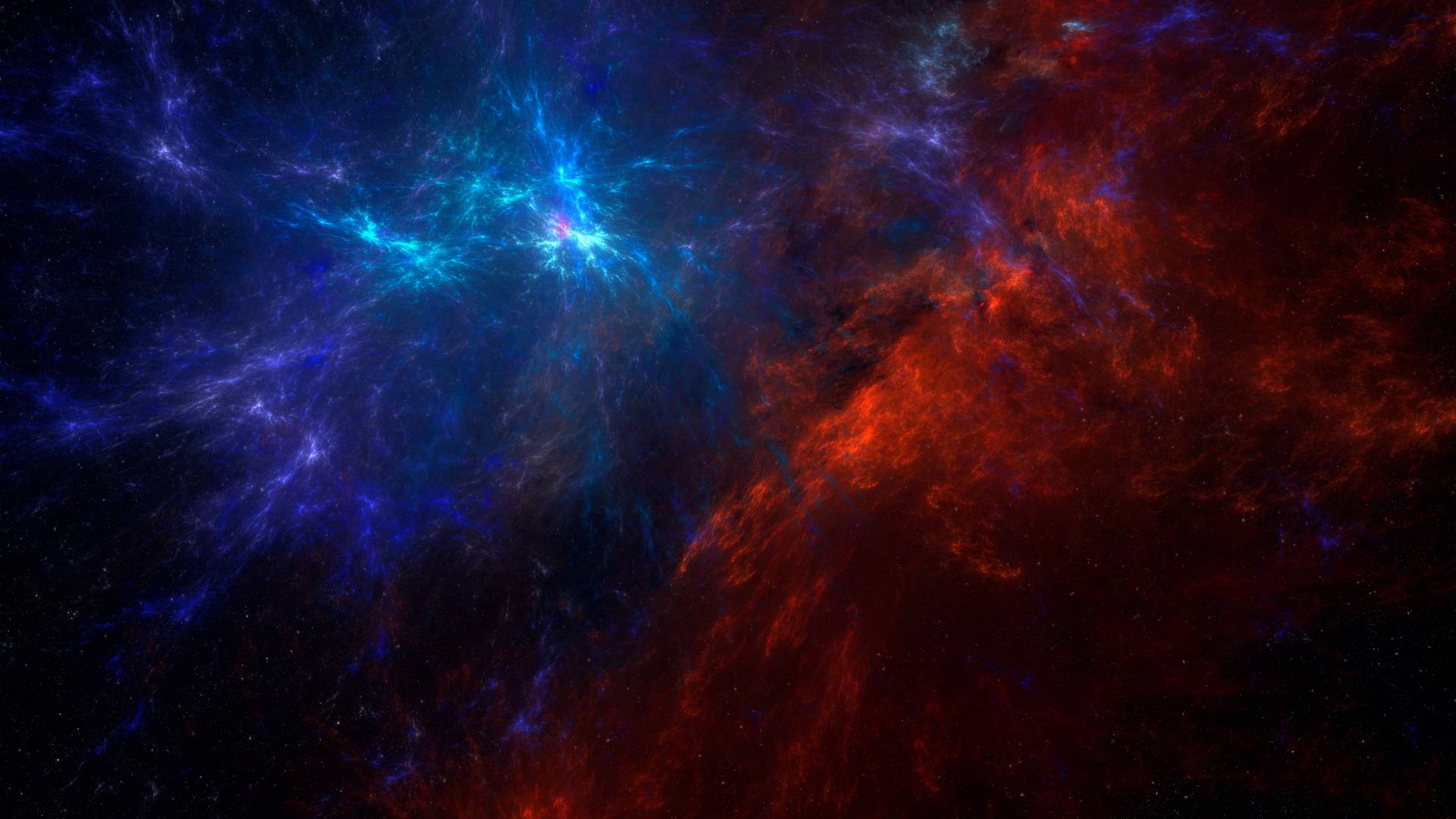Have you ever looked up at the night sky and noticed the moon appearing as a thin, glowing sliver? That’s the crescent moon, one of the most enchanting phases of the lunar cycle. For centuries, the crescent moon has fascinated people across different cultures and eras. Whether you’re a stargazer or just someone curious about the night sky, let’s explore what exactly a crescent moon is and why it appears the way it does.
What is a Crescent Moon?
The crescent moon is a lunar phase where only a small portion of the moon’s surface is visible from Earth. This happens because of the way the moon reflects sunlight, with the rest of the moon appearing in shadow.
In simple terms, the moon doesn’t produce its own light; it reflects the sun’s rays. The amount of the moon we can see changes depending on its position relative to the Earth and the sun. A crescent moon occurs when only a thin slice of the moon is illuminated, giving it that distinctive curved, crescent shape.

Types of Crescent Moon
Did you know there are two types of crescent moons?
1- Waxing Crescent Moon
-
- This phase comes right after the new moon, when the moon is just starting to become visible again.
- Each night, the illuminated portion of the moon gets larger, “waxing” until it reaches the first quarter moon.
- You can spot the waxing crescent moon in the western sky shortly after sunset.

2- Waning Crescent Moon
The waning crescent appears right before the new moon phase, as the visible part of the moon shrinks.
-
- This phase marks the end of the lunar cycle before the moon starts to “renew” itself.
- It’s visible in the eastern sky just before sunrise.
Both types of crescent moons have their own charm, but they’re easy to tell apart. If the crescent is getting bigger, it’s waxing; if it’s getting smaller, it’s waning.
You can also read : When Is The Next Full Moon 2024 ?
Why Does the Crescent Moon Occur?
So, what causes this thin crescent shape? It all comes down to the sun, Earth, and moon and how they align in space.
- The moon is always half-lit by the sun, but as it orbits around Earth, we see different portions of that lit side.
- The crescent moon happens when the moon is positioned so that we can only see a small slice of its illuminated half.
- This phase is part of the larger lunar cycle, which lasts about 29.5 days and includes the new moon, full moon, and various in-between phases.
Essentially, the crescent moon is a visual reminder of the moon’s journey around Earth. Depending on the time of the month, you’ll see either a waxing or waning crescent moon.
How Often Do We See a Crescent Moon?
You can catch a crescent moon twice during each lunar cycle—once when the moon is waxing and once when it’s waning. Both of these phases last for about seven days. So, if you miss one, don’t worry! It’ll return in roughly two weeks as the moon makes its orbit.
During the waxing crescent phase, the illuminated portion of the moon grows larger, leading up to the first quarter and eventually the full moon. In contrast, the waning crescent phase occurs after the full moon and shrinks towards the new moon.
What Does the Crescent Moon Symbolize?
Throughout history, the crescent moon has been a powerful symbol in many cultures. From ancient times to modern spiritual practices, the crescent moon represents various ideas, including:
- New beginnings and growth: Since the crescent moon often appears after the new moon, it has come to symbolize renewal, progress, and potential.
- Intuition and reflection: As the moon transitions through its phases, many see the crescent moon as a time for introspection and setting intentions for the future.
- Cycles of life: The waxing and waning of the moon is often seen as a reflection of life’s cycles—birth, growth, decline, and renewal.
In astrology, the crescent moon has specific meanings as well. The waxing crescent is associated with setting goals and new desires, while the waning crescent is about letting go and reflecting on past actions.

The Crescent Moon and Tides
Did you know the moon influences the Earth’s tides? While the full and new moons cause the most extreme tides, the crescent moon still plays a role in the ebb and flow of our oceans.
- Tidal forces occur because of the gravitational pull of the moon on Earth’s waters.
- During the crescent phase, the gravitational pull isn’t as strong as during the full or new moon, but it still contributes to the daily rhythm of tides.
If you’ve ever spent time near the ocean, you’ve likely felt the effects of the moon’s gravitational pull firsthand!
You can Also read : what is moon halo ?
What is a crescent moon spiritual
In spiritual terms, a crescent moon symbolizes new beginnings, growth, and potential. The waxing crescent represents setting intentions and manifesting goals, while the waning crescent is associated with reflection, release, and letting go of what no longer serves you. It’s often seen as a time for personal transformation and renewal.
What causes the crescent moon?
The crescent moon is caused by the relative positions of the sun, Earth, and moon. As the moon orbits Earth, different portions of its surface are illuminated by the sun. A crescent moon occurs when only a small sliver of the moon’s illuminated half is visible from Earth, while the rest remains in shadow. This phase happens just after the new moon (waxing crescent) or just before the new moon (waning crescent) as part of the moon’s 29.5-day lunar cycle.
Phases of the Moon for Kids 🌕
The moon changes shape in the sky every month! Here’s a quick look at its phases:
- New Moon: The moon is invisible. 🌑
- Waxing Crescent: A tiny sliver of light appears. 🌒
- First Quarter: Half the moon is lit up. 🌓
- Waxing Gibbous: Almost full but not quite. 🌔
- Full Moon: The whole moon is bright and round. 🌕
- Waning Gibbous: Starting to shrink after being full. 🌖
- Last Quarter: Half the moon is lit again. 🌗
- Waning Crescent: Just a little sliver left. 🌘

Conclusion: The Magic of the Crescent Moon
The crescent moon is more than just a visual delight in the night sky—it’s a symbol of the natural rhythms that govern the cosmos. From its role in the lunar cycle to its cultural significance, the crescent moon continues to captivate and inspire people around the world. Whether it represents growth and potential or a time for introspection, this lunar phase offers both scientific intrigue and a sense of wonder.
If you’re fascinated by the mysteries of space and want to explore more celestial phenomena, be sure to visit SpaceyV.com for more insightful articles, stunning space visuals, and the latest updates on our universe! Keep looking up and stay curious!
References
If You Loved what You Read I suggest you read these articles too
- 7 Spiritual Crazy Insights You Need to Know
- The Man in the Moon: Understanding the Illusion
- Apollo 11 – The Moon Landing: Great news on1969



